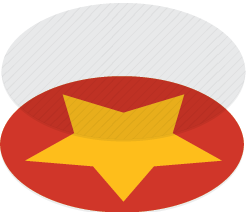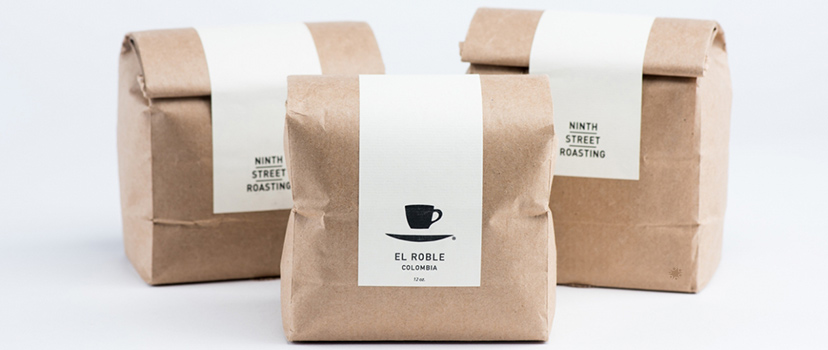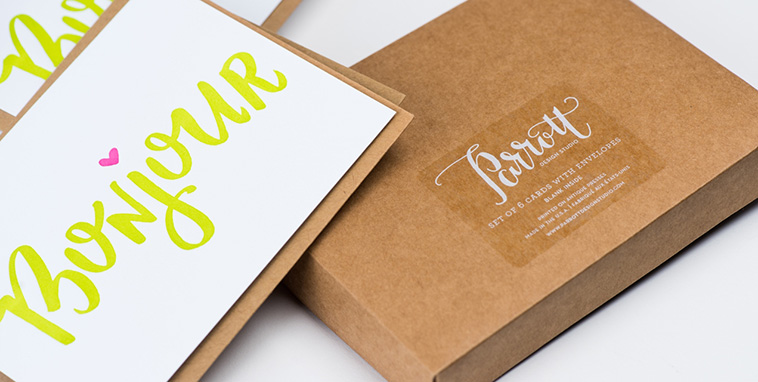Stunning Canvas Prints And Wall Art Trends
Large canvas wall art

Surreal canvas art prints

A trio of wall arts

Strong faces and statement portraits

Animal wall art prints

Bold colourful wall art

Rich and colourful tones

Luxury framed wall art

Posted on March 19th, 2021
Flyers Are Easily Sanitised For COVID Safety

Laminated Flyers With A Choice Of Finish
Nevertear Flyer And Leaflet Printing

1 Easy To Clean For COVID Safety

2 Resistant To Damage

3 Long Life and Reusability

Posted on February 11th, 2021
Labels Series: Interesting Facts Part 2
- One of the earliest stickers, the postage stamp dates from 1839 when Sir Rowland Hill created an adhesive paper for the purpose.
- In the 1880s pre-printed paper, bonded using animal glue, was used to advertise goods.
- Now antiques, examples of the first sticky labels from the 1880s can reach up to £3,000 at auction!
- The term ‘record label’ originates from the circular label in the centre of a vinyl record which identified its manufacturer. Columbia is thought to be the oldest and was founded in 1887.
- In 1939, R. Stanton Avery invented the first self-adhesive label, also known as the modern sticker that we now use in everyday life, using parts from a washing machine and sewing machine and a sabre saw.
Posted on February 11th, 2021
Labels Series: Interesting Facts Part 1

- It’s thought the Ancient Egyptians first created "stickers" to advertise their daily market rates.
- Wine jars were discovered in King Tutankhamen’s tomb and their labels contained enough detail to meet some present-day countries’ existing wine label laws.
- The oldest known use of the word ‘label’ is in around 1300 and it’s thought to have originated in Old French, in the form of label, lambel, labeau which means ‘ribbon, fringe worn on clothes’ and was used as a technical term in heraldry.
- By the 1800s, lithography was the primary method of sticker production; a label is printed on a treated flat surface that repels ink from places where it isn’t needed.
- In the mid-19th Century, ocean liners started attaching labels to passengers’ suitcases. They included information like cabin class and destination, making luggage sorting simpler.
Posted on December 4th, 2020
Business Card Facts: Ice-Breakers and Sale-Makers
)
Business cards are 600 years old
It's a ritual in some cultures
Folds tell a story
- Right-hand upper corner - a friendly visit in person
- Left-hand upper corner - a congratulatory visit
- Left hand lower corner - a condolence visit
- Right hand lower corner - if you were going on a long trip
Cards were for occasions
- one month after the birth of a child
- if they couldn't attend a wedding
- before they visited a bride and groom after marriage
- when someone passed away, with the left-hand lower corner folded down.
Colours are keepers
Serious business bling
We're hungry for amazing business cards
- Meat
- Peanut butter ink
- Biscuits
- Chocolate
Business cards influence sales
- 57% swear by their cards and believe it does their business good
- 39% won't do business with people who don't' have cards, or give them sub-standard ones.
- 72% equate a company or person with the quality of their cards
Posted on December 4th, 2020
Simple Ways to Use Stickers to Your Benefit
Posted on November 16th, 2020
Cool Flyers: 50 Design Ideas To Learn From - Part 4
41. Pick one

42. Spread the cheer

43. Play the cute card

44. Get gritty

45. Go back to basics

46. Try a trend

47. Line up

48. Frame it

49. About face

50. Get back to nature

- Typography: There are countless font styles out there, but be sure to pick one (or more, but not too many) that suits the purpose and/or theme of your flyer design and is sufficiently readable.
- Layout: Pay close attention to things like alignment, spacing, and balance when creating your flyer design. They make the difference between a polished final product and a confusing or cluttered design.
- Colour: When you’re having trouble choosing a colour scheme, consult a colour wheel. Complementary colours (opposites), colour temperature (warm or cool), and other art-inspired concepts can help you pick a cohesive colour palette. Remember, colours can influence mood and perception, so make sure yours match your flyer’s intent.
- Printing: Having your flyers printed by an expert printing company, such as Asset Print, will add a quality finish and look to your custom designed flyers.
Posted on September 14th, 2020
CUSTOM STICKERS STOCK TYPES
Custom Sticker and Label Stock Types




Posted on July 3rd, 2020
Guide to Designing Your Own Product Labels

01. Know Your Product

- Thermal - Thermal labels or stickers that have a solid adhesive that loosens and bonds to other surfaces when you apply heat. You’ll commonly find these used in the food and beverage industry, especially on refrigerated goods. Not great for products that spend time on shelves in hot temperatures.
- Semi-Gloss - A very common type of paper label or sticker that has a shiny, glossy finish. This type of label is great for economy uses, such as stickers, and can handle complex designs and colors.
- Vellum - A general purpose non-gloss paper type for labels or stickers. Ideal for mass production of labels and commonly used in applications such as barcode stickers.
- Vinyl/Plastic - Vinyl is a highly versatile non-paper, plastic-based label or sticker that is durable, temp-resistant, and flexible. Vinyl is also great for folks who don’t want a white background for their label or sticker.
- Removable Plastic - Similar to the labels above, this one utilizes removable adhesive so you can easily remove your label or stick after placement and use. Think origin brand stickers on fruit and vegetables in the supermarket.


02. Utilize Free Resources
- StickerGiant Templates - This is a huge selection of common sticker templates. From circles to squares to specialty templates.
- If you don’t have access to Adobe Creative Suite products, you can edit Photoshop files online using a tool called Photopea.
- L.Theme’s Circle Sticker Template - This is a pretty straightforward sticker template that has everything that you need for a good sticker design.
- StickerMule’s Custom Sticker Templates - StickerMule has a great resource on their site for common sticker templates as well as specialty templates.


03. Don't Reinvent the Wheel




04. Do Your Research Into Printers

- Read reviews- this is the best way to get an idea of the quality of your printer. Are their reviews good? Do they seem to care about the label-making process? Do they quickly respond to customer questions and concerns?
- Check out samples - any label printer worth their weight in vinyl will showcase some of their samples on their website so you (the customer) can get an idea of their capabilities and some of their past clients. Some will post you samples.
- Review their process - along with their samples, most label printers will have a rundown of their printing process so that customers can see what to expect. That might include artwork reviews, manufacturing methods, and delivery timelines.
- Check prices and quotes - last but not least, check their prices. If they’re dirt cheap, you might not want to go with them. Label printing is hardly a cheap process, so anyone with incredibly low costs are likely not going to be the best quality. It’s a situation of "you pay for what you get." We’re not saying that price should be your only factor, but keep it in mind when making your selection.



Posted on July 3rd, 2020
Teardrop Banners Or Flags Explained
What Are Teardrop Banners?
Teardrop Flag Options
Taking Care of Your Teardrop Flag
Posted on March 30th, 2020

